Zion National Park Itinerary: How to Spend 1-5 Days
Did you know? Zion National Park is Utah’s first national park and one of the most-visited U.S. national parks in general. This park is full of adventures, which makes it difficult to decide what to put on your Zion National Park Itinerary.
Zion is mainly famous for its countless opportunities for thrilling outdoor activities. It is a world-known place for canyoneering and offers endless stunning hikes. When we visited Zion National park, we couldn’t get enough of the gorgeous deep sandstone canyon views.
Before you head out on your journey, let us help you design your perfect itinerary for Zion National Park. Don’t forget to take a peek at what to pack, the best tips, and the most frequently asked questions regarding Zion National Park at the bottom of this post.
Our Other Resources for Zion National Park:
- Best Hikes in Zion National Park
- How to Hike Angels Landing
- Guide to Hiking the Narrows
- Zion to Bryce Canyon: 4 Day Utah National Park Itinerary
This post may contain affiliate links. If you make a purchase through them, we get a small commission at no extra cost to you. It helps us create free content for you to enjoy. Learn more about our disclaimer here. Thanks for your support!
- Best time to visit Zion: Spring and Fall (April to May and September to October). Avoid crowds by visiting shortly before or after the peak season (April-October).
- Where to stay: If you are looking to stay within park boundaries, South or Watchman Campground are great accommodations as well as the Zion Lodge. If you are looking outside the park, Springdale has some nice but pricey hotels.
- How to get there: The closest airports to Zion National Park are Las Vegas Airport (3-hour drive) and Salt Lake City International Airport (4.5-hour drive).
- How to get around: The park requires visitors to use the free shuttle service to access Zion Canyon most of the time during the year. But you will still need a car to get to Zion.
- Permits: Angels Landing, The Narrows (top-down), The Subway, Rock Climbing, Backpacking
How to get to Zion National Park
To visit Zion National Park you can technically start from either airport in Las Vegas, Nevada, or Salt Lake City, Utah.
- McCarran International Airport, Las Vegas – 170 miles, 3 hours
- Salt Lake City International Airport, Salt – 313 miles, 4 hours 30 minutes
Planning Your Zion National Park Itinerary
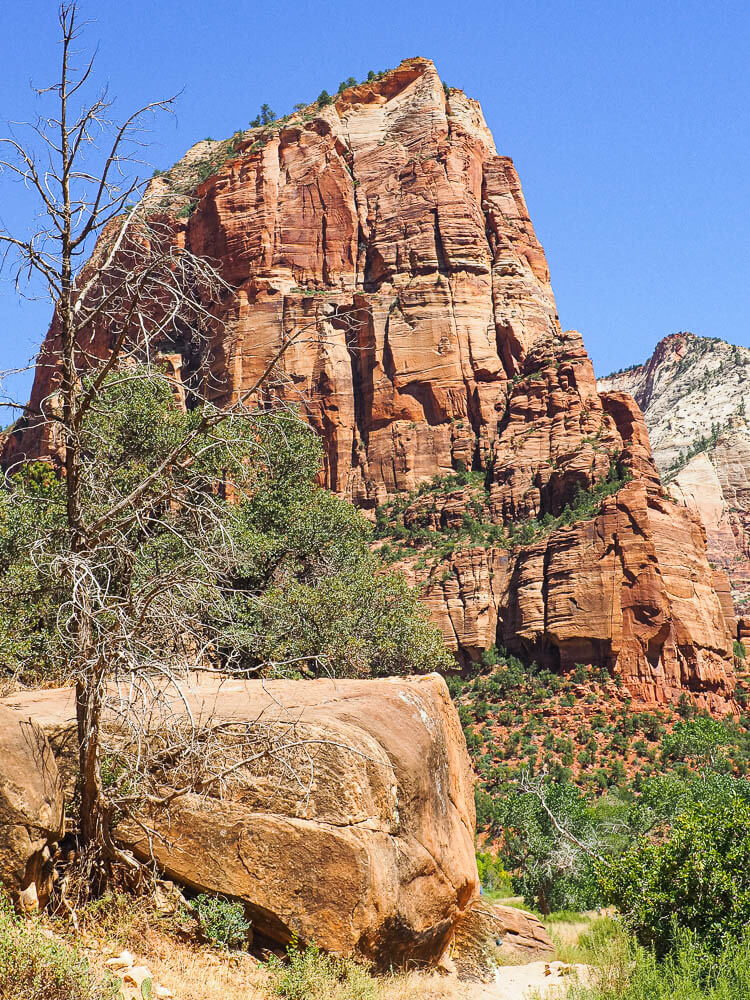
The number of days you choose for your Zion itinerary is highly dependent on what you want to see and do in the park.
You can complete your trip somewhere between 1 and 5 days, but our suggestion is to spend a minimum of 2 days in Zion. In 2 days you are able to experience the highlights of the park.
We highly suggest having all full days for this Zion National Park itinerary, which means we recommend flying in the day before and flying out the day after.
These are some of the best things to do in Zion National Park:
- Hike the Trails
- Drive Zion-Mount Carmel Scenic Highway
- Watch the Sunset
- Visit the Zion Human History Museum
Here is a quick breakdown of what a 1 to 5 day Zion National Park itinerary looks like:
1 Day: Zion National Park Itinerary – Climb Angels Landing, stroll to Lower Emerald Pool, watch a sunset, relax and eat in Springdale.
2 Day: Zion National Park Itinerary – Walk along the Riverside Walk to the Virgin River, hike the Narrows (bottom-up), drive a part of the Zion-Mount Carmel Scenic Highway to the tunnel, hike the Canyon Overlook Trail.
3 Day: Zion National Park Itinerary – Hike the Subway (permit required) or hike the Hidden Canyon Trail or Observation Point.
Alternative Day 2 and/or 3: Zion National Park Itinerary – Hike the Narrows (top-down) which can be completed as a day hike or backpacking trip.
4 & 5 Day: Zion National Park Itinerary – Take a backpacking trip on the West Rim Trail
1 Day: Zion National Park Itinerary
Get ready for one of America’s most thrilling hikes on your first day in Zion National Park.
6-10 AM: Hike Angels Landing
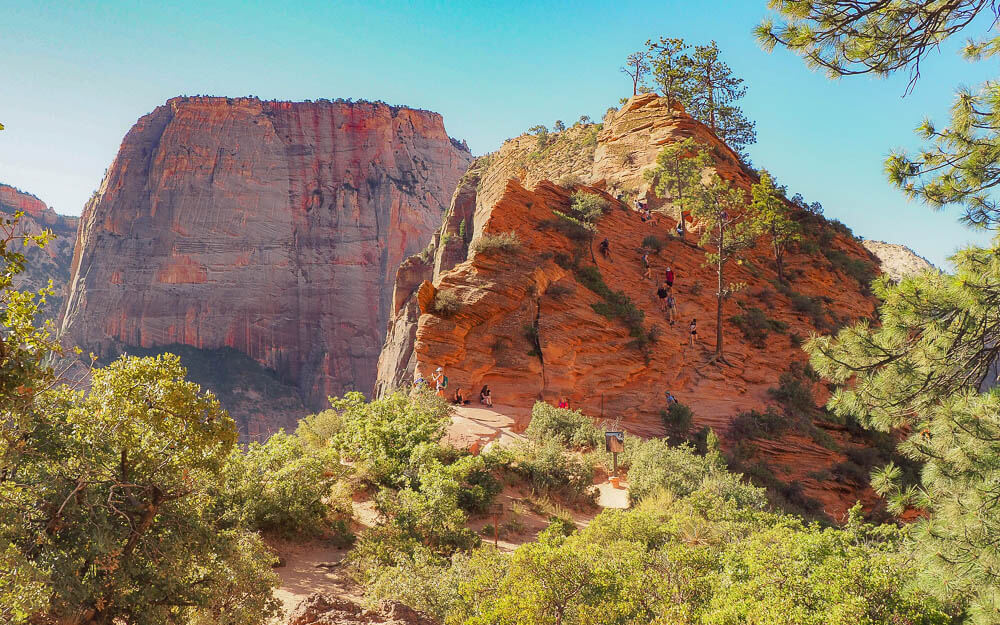
The adventure begins. Arrive early and be on one of the first shuttles to Zion Canyon. The first shuttle to leave the Visitor Center to head into Zion Canyon is at 7:00 AM in the spring and 6:00 AM in the summer.
We suggest being on this shuttle. But this means you need to be in the park and on line way before the first shuttle runs. Plan to arrive around 30 to 45 minutes before to get a parking spot and get in the long line of people waiting to explore Zion National Park.
Start the morning off with one of the long-popular hikes, Angels Landing. As of April 2022, hikers who want to tackle Angels Landing need to enter a permit lottery to get tickets for the trail.
Travel Tip: Angels Landing Permit
In Spring 2022 a permit system was introduced to regulate the traffic on the popular Angels Landing trail. A permit is required to hike any portion of Angels Landing every day of the year.
You have to enter a permit lottery on recreation.gov to get the chance to explore this thrilling trail. Simply choose your preferred dates and times slots. You can either start your hike before 9 AM, between 9-12 AM, or after 12PM.
Especially in the summertime, we would highly recommend starting the trail before 9 AM, since it gets incredibly hot and most of the trail is exposed to the sun.
Take the shuttle to stop #6, The Grotto, to start your hike up Angels Landing. Plan at least 3 to 4 hours to complete the trail.
The hike begins across Zion Canyon Scenic Drive on the West Rim trail. It is a steady, exhausting climb uphill until you reach Scout Lookout. From here, be prepared to hike on narrow edges, along steep narrow canyon walls. Hopefully, you are not afraid of heights.
Alternative Trail Option to Angels Landing: Hidden Canyon Trail
Don’t worry, when you couldn’t secure a permit for Angels Landing, the 3 miles moderate Hidden Canyon Trail is an adequate alternative.
It is not quite as spectacular as Angels Landing but you will have a thrilling hiking experience surrounded by dramatic landscapes when you have to make your way along steep drop-offs to get to a spectacular secluded hanging canyon.
11 AM: Picnic in front of the Zion Lodge
After the hike, enjoy a picnic lunch with a view on the grass in front of the Zion Lodge, stop #5 on the shuttle. Reenergize and give your legs a rest before tackling another shorter, easier hike for the afternoon.
1 PM: Take another short hike
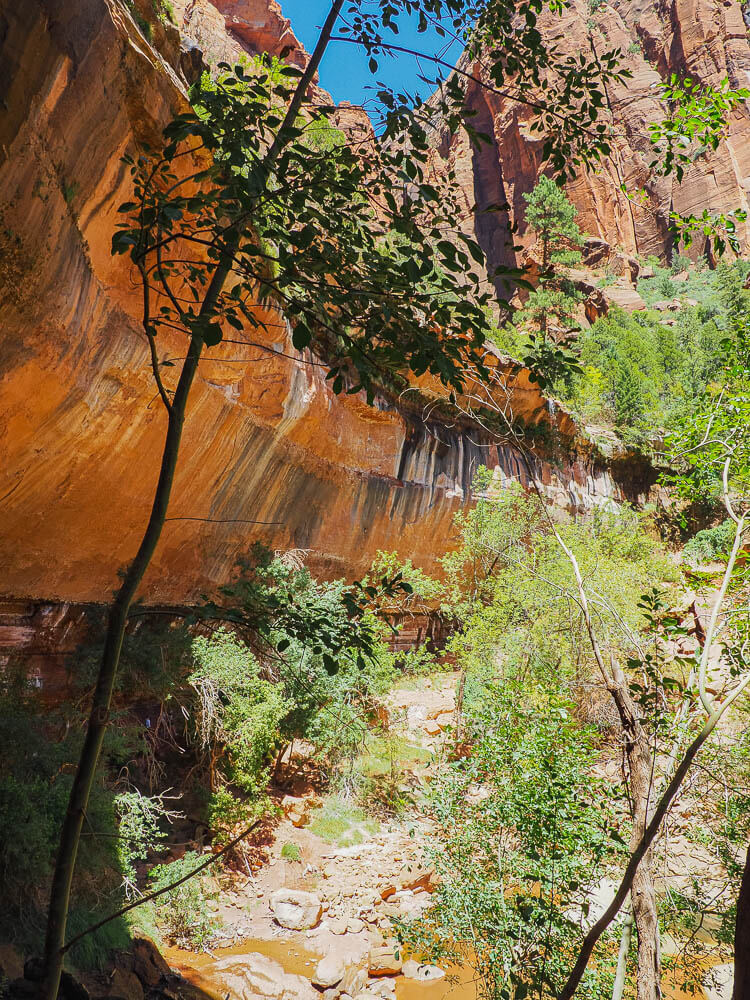
In the later part of the afternoon, choose another moderate to easy hikes such as Lower Emerald Pools, Pa’rus trail, or Watchman trail.
We chose to hike the Lower Emerald Pool trail which is located across from Zion Lodge. Cross Zion Canyon Scenic Drive to hike the short, moderate, paved 1.2 miles out and back which follows a paved lush trail to waterfalls. This hike will feel like a breeze after completing Angels Landing.
The trail was alright in the summertime, but the waterfall was not very impressive, since you won’t see a lot of water dropping down the cliff during that season of the year.
Alternative hiking options are Pa’rus trail or Watchman trail. However, do be mindful the Watchman trail is completely exposed to the sun which may not be a good choice for an afternoon hike on a hot sunny summer day.
4 PM: Explore Springdale
Explore the cute town of Springdale by enjoying drinks and an early dinner. After a long day of hiking, we couldn’t wait to get a cold beer at the Zion Brewery.
Sunset: Enjoy the sun going down at Canyon Junction Bridge
Then it will be time to catch a Zion National Park sunset. Watch the orange cliffs of Zion Canyon glow in the sun’s golden hour light before the sun sets down for the day from Canyon Junction Bridge on the Zion-Mount Carmel Hwy.
2 Day: Zion National Park Itinerary
Follow the one-day Zion National Park itinerary above, then add the following activities to your bucket list.
6 AM – 12 PM: Hike the Narrows
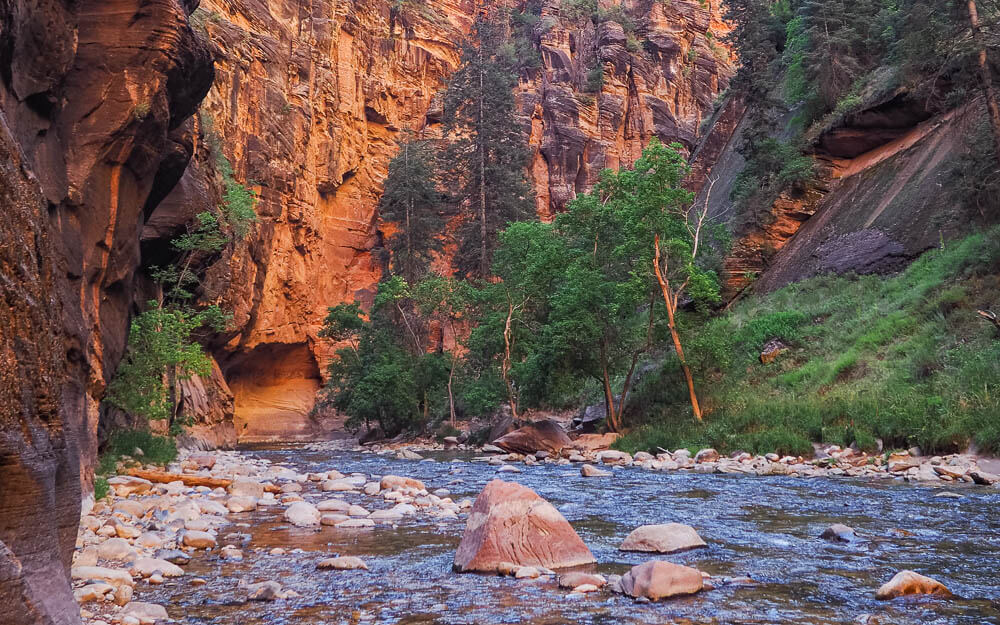
Arrive early and get on the first shuttle into Zion Canyon. Get off at the last stop #9, Temple of Sinawava. Hike the 1-mile Riverside Walk to the start of the Narrows.
From the bottom up, you can hike for up to 5 miles, until you reach Big Springs.
It is up to you, how long you want to wade in the narrow canyon, but let us tell you that it gets better and better the longer you hike. Deeper into the canyon, you will have more spectacular views and fewer crowds.
Top Tip: To get the full rundown on what to know, what to wear, and a full trail explanation, read our guide to hiking the Narrows. This is a hike you need to be prepared for. Do not try to complete the hike without doing your research first.
11 AM: Check out the Zion Human History Museum
Depending on how far you hiked the Narrows, you might have some energy left to check out the Human History Museum.
Here you can find exhibits about the American Indian culture, and early pioneers, as well as learn about the huge effects water, has had on the park. It is conveniently and easily located along the Zion Shuttle route and your visit is included in your entrance pass.
12 – 3 PM: Drive the Zion-Mount Carmel Highway
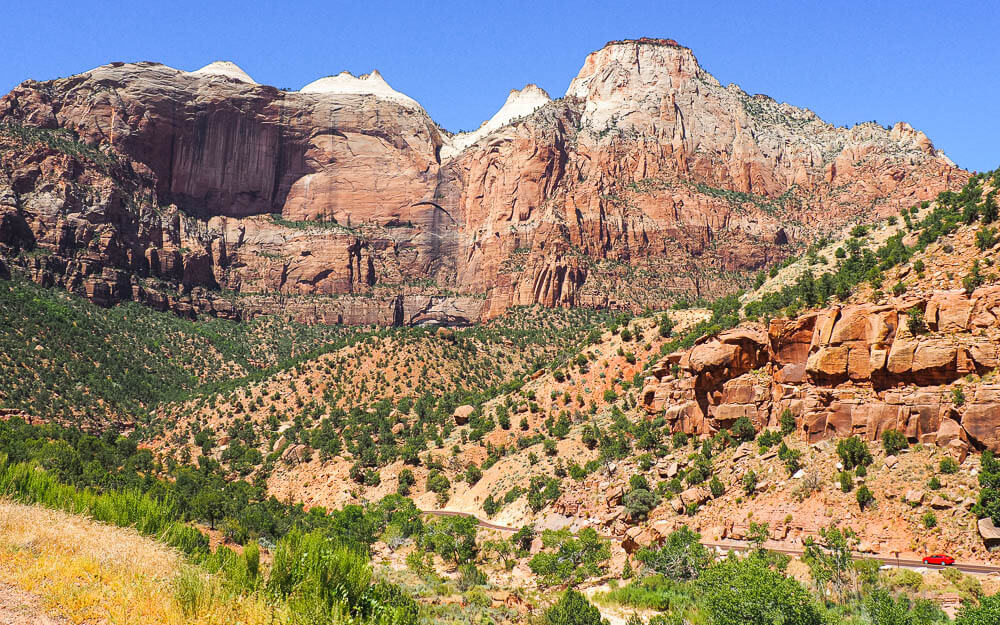
Next to the spectacular Zion-Mount Carmel Highway, you will find an extremely scenic, short hike which is a must on your itinerary for Zion National Park.
Just pull over after the Zion-Mt. Carmel tunnel and you will be able to see the Canyon Overlook trail.
On this moderate 1-mile trail, you get quickly rewarded with a perfect view overlooking Zion Canyon without all the hassle of hiking for a long time.
3-5 Days: Zion National Park Itinerary
Follow the one day in Zion National Park and day two itinerary above, then add additional days depending on what you would like to see and do in Zion.
Don’t forget to start every day as early as you can to get the most out of your time on your Zion National Park itinerary.
+1-2 days Zion Itinerary: Hike the Narrows (top-down)
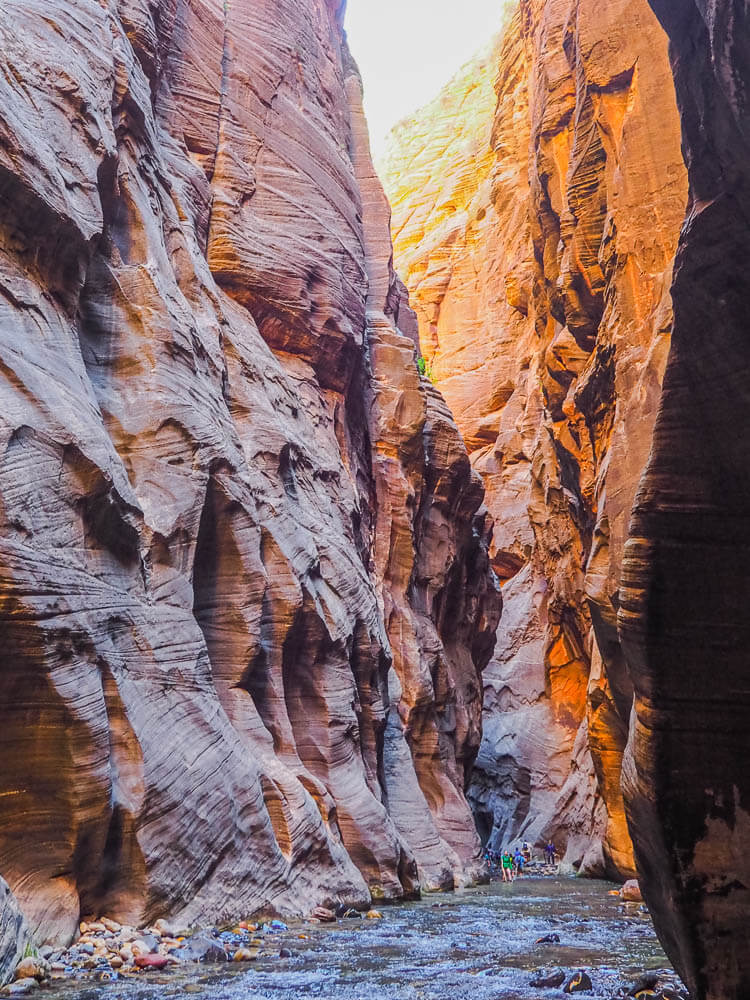
To hike the Narrows from top to bottom, you have to purchase a permit. Without a permit, you can just hike the Narrows from the bottom up.
The top-down hike is a 16-mile trek starting at Chamberlain’s Ranch and ending at the Riverside Walk trailhead. You will be hiking 15 miles through the Virgin River in Zion Canyon surrounded by the big beautiful canyon walls. Once you reach the Riverside Walk, you will have to hike an additional mile to the Temple of Sinawava shuttle stop.
If you choose to hike the Narrows from top-down, you have 2 options. You can do it as a long 1-day hike or as a 2-day backpacking trip.
+1 day Zion Itinerary: Hike the Subway
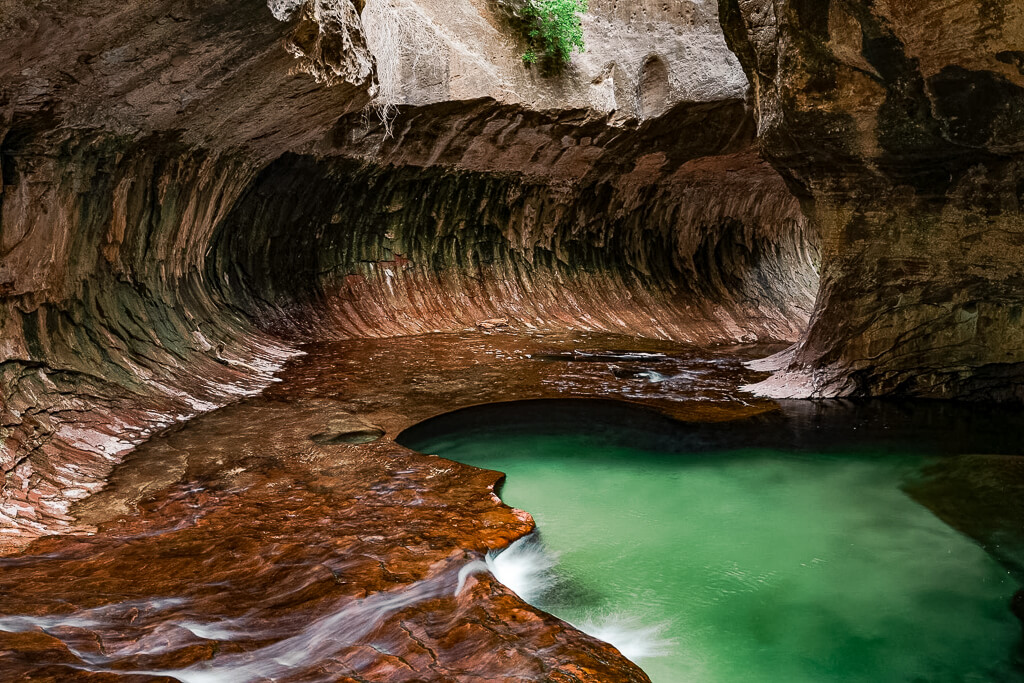
If you were lucky enough to snag a permit, then hike the Subway. This is a very technical and difficult hike through a slot canyon. Find out more about the Subway permit and the trail before you head out for your hike.
+2 days Zion Itinerary: West Rim Trail (Top-Down)
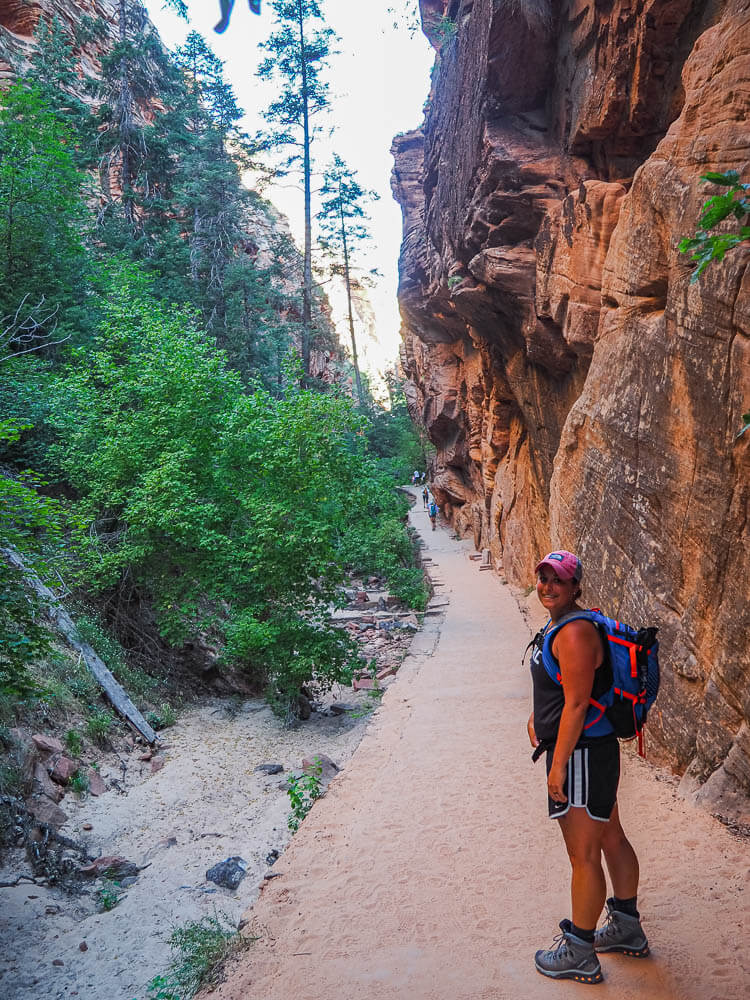
Hike this 15 miles long-distance, backpacking trail to see Zion’s most beautiful scenery. It can be done as a very long 1-day hike or a more leisurely 2-day adventure. The hike begins at one of the highest points, Lava Point, and descends into Zion Canyon.
+1 day Zion Itinerary: See Kolob Canyon
This is the smaller, less visited, section of Zion National Park. It is located about 40 miles north of Zion Canyon. This section has another Visitor Center, a few hiking trails, and a short 5-mile scenic drive.
Even though this area is less known, it is absolutely worth visiting to enjoy more spectacular canyon views and huge Navajo sandstone formations.
The Timber Creek Overlook Trail is a quick and easy hike, which will give you a great glimpse of the dramatic Kolob Canyons, and the Kolob Terrace.
+1 day Zion Itinerary: Observation Point
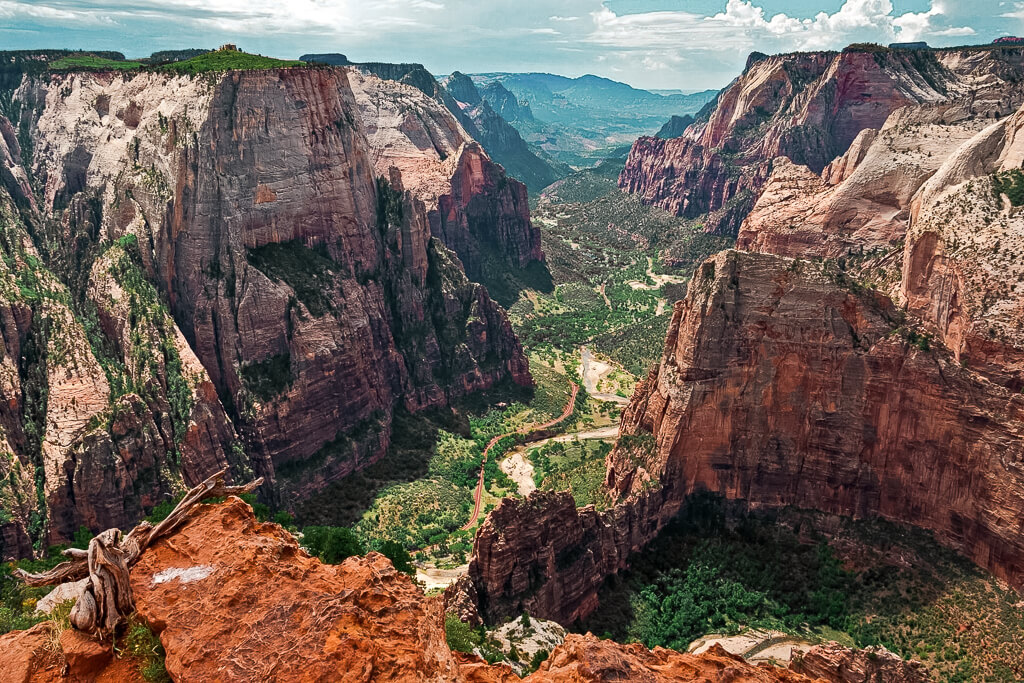
Don’t get dizzy on this zigzag 8 miles strenuous uphill climb to one of the most stunning, and highest viewpoints, overlooking Zion Canyon.
Extend Your Trip – Utah’s National Park Road Trip Ideas
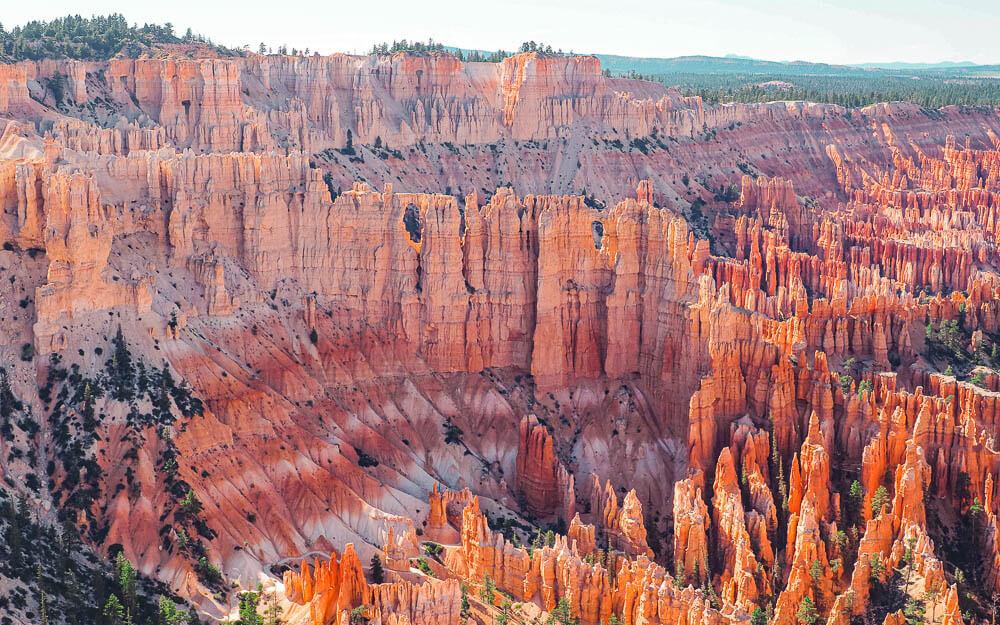
Zion National Park can be easily combined with visiting other nearby National Parks for an awesome road trip experience.
For help planning a trip through Utah’s National Parks and visiting Bryce Canyon National Park, Capitol Reef National Park, Canyonlands National Park, and Arches National Park, check out our post Utahs National Parks in One Unforgettable Road Trip.
Don’t have as much time? Then read our post about how to visit Zion and Bryce Canyon National Parks in one trip.
What to Pack for Zion National Park
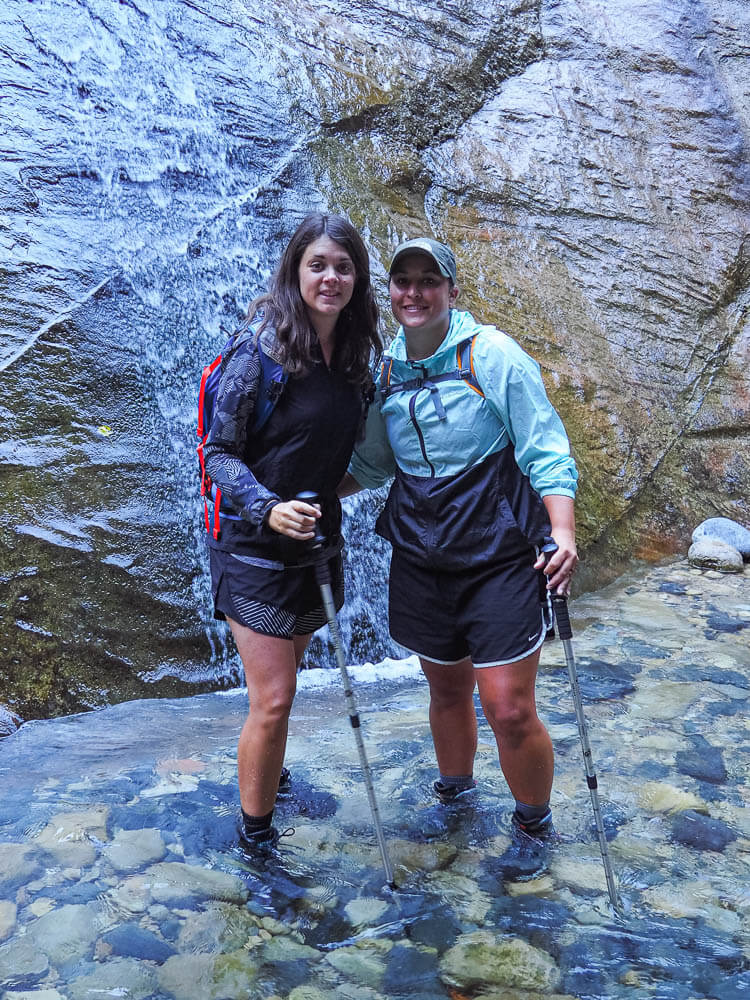
When packing for your itinerary for Zion National Park, you will require appropriate hiking gear, especially when you plan on hiking the Narrows.
Daypack – A daypack is essential for your hikes. Try out the comfortable lightweight Deuter Speed Lite daypack. It is our choice when hitting the trails.
Dry Pack – When you decide to hike the Narrows in Zion you will be walking through deep water. It is best to use a dry pack to avoid getting your precious gear wet.
Water Bottle – Keep your water cool by bringing an insulated water bottle. We always carry our Hydro Flask water bottles with us.
Comfortable Hiking Boots – One of the worst things when heading out for a hike is not having comfortable footwear. For hiking in Zion National Park, it is best to use over the ankle hiking boots because they provide you with good support on the more rocky and difficult terrain.
Quick Drying Clothing – You will want to wear clothes that dry quickly since you will be in and out of water frequently on the Narrows hike. These clothes are also best for the hot temperatures in Utah during the summer months.
Hiking Stick or Trekking Pole – Trekking poles or hiking sticks are a must when hiking the Narrows. They make a huge difference when trying to walk through the water because they help stabilize you on the uneven slippery ground. We found ourselves using them more than we thought we would.
Sun Protection – Most of the trails in Zion NP are in the direct sun. Don’t forget to use sunscreen, a hat, and sunglasses to protect yourself from the grueling sun beating down on you.
Camera & Accessories – Don’t forget to pack a camera to capture all the memories you are about to make. Our essential camera gear is our Olympus OMD Em Mark ii, the Rollei travel tripod, a camera remote, and our Peak Design capture clip.
Best Time to Visit Zion National Park
You can visit Zion National Park all year round. But the best time to go to Zion National Park is in the spring and fall, which are the months of April – May, and September – October.
These times of the year are ideal because it’s mostly sunny with temperatures that are not too high. However, you may experience some more rain during this time.
If you plan to visit during the spring, you do have to keep in mind that hiking the Narrows may not happen. The flow rate of the Virgin River can be high during this time, that is when the trail gets closed for safety reasons.
Summer is crowded with hot temperatures. Fall has beautiful colors and weather with lesser crowds.
How to Get Around in Zion
Zion National Park has a shuttle service that accesses the main Zion Canyon section of the park from the Visitor Center to the Temple of Sinawava.
The shuttle runs much of the year from March through November, weekends in February and March, and the last week in December. Personal vehicles are not allowed on the Zion Canyon Scenic Drive when the shuttles are in service.
It runs about every 10 to 15 minutes, stopping at all the major trailheads and attractions on the way.
For the most up-to-date information on the Zion Canyon Shuttle Service visit the park’s website.
Where to Stay for Visiting Zion National Park
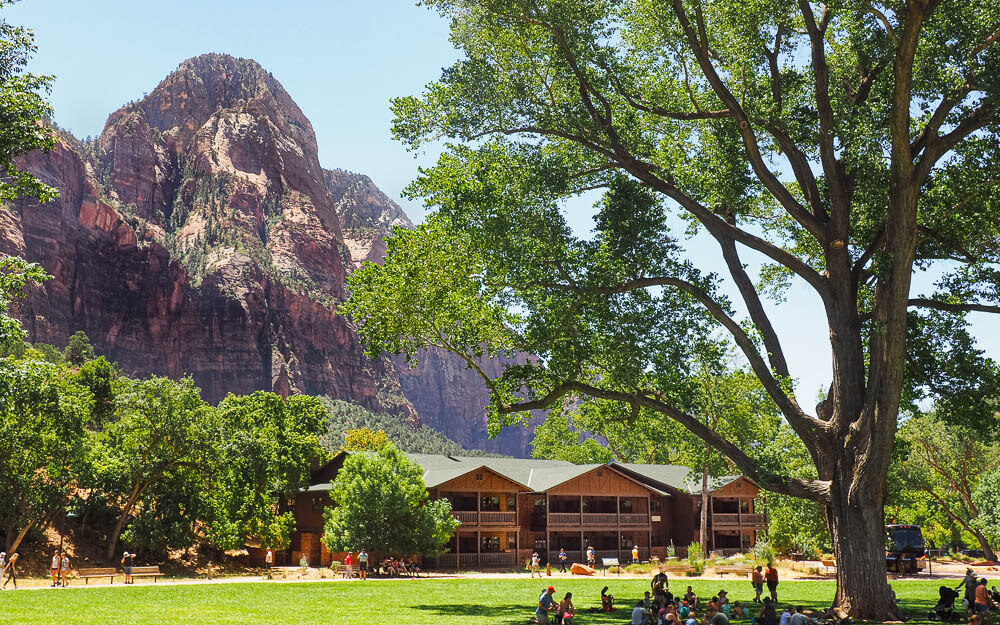
Zion has a variety of accommodations that satisfies all types of travelers from sleeping for free under the stars to staying in a stylish lodge.
Inside Zion National Park
Staying inside the park will require a 6-month in advance booking for campgrounds and 13 months in advance for the Zion Lodge.
Camping – There are 3 campgrounds in Zion that require advance reservations. Camping is very popular in the park and campsites tend to book out quickly. It is only allowed in these 3 designated camping areas:
- South Campground (reservable 14 days in advance)
- Watchman Campground (reservable 6 months in advance)
- The Lava Point Campground (first come, first serve, typically open May through September)
Lodging – If camping is not your thing, you can stay in Zion Lodge. It is the only lodging inside Zion National Park. The lodge starts accepting reservations on the first of every month for the entire month for the same month the following year.
Outside Zion National Park
Dispersed Camping – 30 minutes outside of the park on BLM lands located on Dalton Wash Road for free
Hotels- Hotels in Springdale are very pricey, so expect to spend a few bucks when you want to spend the nights in the charming small town.
These are some of the best options:
Top Tip: If you plan to stay outside of the park in Springdale, plan to book anywhere from 4 to 6 months in advance.
Tips for Planning Your Zion National Park Itinerary
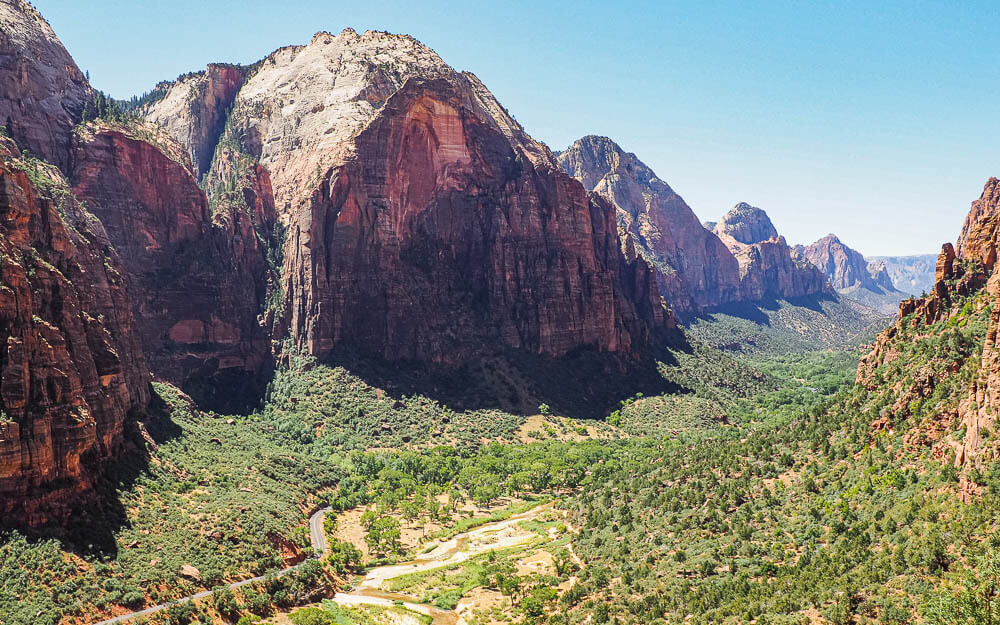
1. Know the 2 sections of Zion National Park
There are 2 areas that make up Zion National Park, Zion Canyon, the more popular area, and Kolob Canyon, which is located 30 miles northwest.
Zion Canyon is where you will find famous park attractions such as Angels Landing and The Narrows.
Kolob Canyon is the more secluded section of the park with great backpacking trails and even a short scenic drive.
2. Get to the right Park Entrances
The park has 3 different park entrances, the south entrance, the east entrance, and the Kolob Canyon Visitor Center.
- South Entrance is the most used entrance to the park. You will enter the park through Springdale, Utah. This entrance is most used by visitors who are coming from the west.
- East Entrance is mainly used by visitors coming from the east, for example from Bryce Canyon National Park. To reach the entrance you take Highway 9 to Zion-Mount Carmel Scenic Highway.
- Kolob Canyon Visitor Center Entrance is only used for visitors wanting to go to the Kolob Canyon section of Zion.
3. Finding a parking spot
Finding parking can be a nerve-racking task.
Parking in Zion National Park is limited and fills up quickly. To get a parking spot, you will need to arrive early. The parking lot was almost completely filled by 7:30 AM when we visited this park in August. You can expect crowds in Zion almost any time of the year, especially from early February to late November.
Top Tip: Didn’t find parking in Zion National Park? Park your car in Springdale and use the FREE Springdale shuttle service to get to the park. The shuttle can pick you up at 9 stops outside the park in town and will drop you off at the pedestrian/bike South Entrance to Zion.
4. Utilize the Shuttle services
You will have to use the Zion Canyon Shuttle service to access Zion Canyon, which is the most popular and main section of the park, during most of the year.
Personal vehicles are not allowed on the Zion Canyon Scenic Drive when the shuttles are in service.
5. Know the weather
One of the most important things you have to consider if you plan to hike the Narrows is the water flow of the Virgin River.
Flash floods and strong currents can be very dangerous. Thunderstorms are common in Utah during the summertime. Do yourself a favor and check the weather conditions before hitting the trails.
The Visitor Center can also give you the most up-to-date information about the flow of the Virgin River and the weather forecast for the next few days.
6. Be aware of the recent trail conditions
Trail conditions can easily change in Zion National Park, due to major rock falls. Check the park’s website and stop in at the Visitor Center to get more information.
7. Hike in the morning
If you are not a morning person, you have to get over it because Zion National Park requires early mornings. Trust us, getting out of bed will be absolutely worth it.
Here are just a few reasons why starting your day early is so important:
- Avoid the crowds
- Hike in moderate temperatures
- Escape the battle of finding a parking spot
- Enjoy the maximum amount of daylight in the park
Frequently Asked Questions: Zion National Park
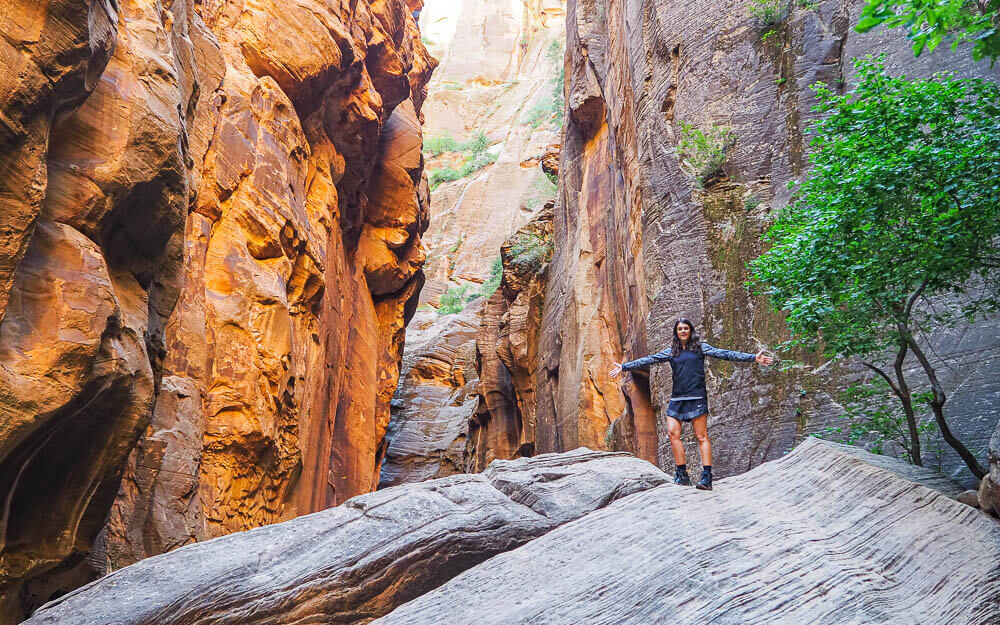
1. How much does Zion National Park cost?
All park visitors need a valid recreational use pass to enter Zion National Park. When you purchase a weekly pass at one of the gates, it will be valid for 7 consecutive days including the date you purchased it.
These are the prices for a weekly pass:
Vehicle: $35
Per Person (without a vehicle): $20
Motorcycle: $30
Top Tip: Plan on visiting a lot of National Parks? If you haven’t already done so, buy an America the Beautiful Pass. This is the best way to save money for all your national park and national monument adventures in the United States.
2. What Can You Not Miss in Zion National Park?
There is so much to see in Zion that it is hard to say what you should not miss. It also depends on your personal interests what you would like to see and do during your visit. For us, you cannot leave Zion without the experience of hiking Angels Landing and the Narrows.
A hike that we, unfortunately, missed out on is the Subway. We have to make sure to come back soon.
3. What is the Best Way to See Zion National Park?
To see the unique highlights of Zion, you will need to hit the hiking trails. Much of what makes Zion such a great park to visit is the different and thrilling hiking opportunities. But don’t worry if you are not much of a hiker, there are some short and easy trails for all hiking levels.
Top Tip: Check out our detailed post on the best hikes in Zion to find the perfect trail for you.
Other great ways to experience Zion are driving on the Zion-Mount Carmel Highway, climbing the canyons, or riding a bike on the Pa’rus trail or the Zion Canyon Scenic Drive.
4. How many days do you need in Zion National Park?
You should spend a minimum of 2 full days in Zion National Park. A full 2-day visit will allow you to see the most famous Zion National Park attractions. But the more time you have to spend, the better.
Enjoying Zion for 2 days will give you enough time to hike the longer popular trails, such as Angels Landing and the Narrows. Plus, you will have some time to add in a few additional smaller trails, such as Lower Emerald Pool and Canyon Overlook. Keep in mind, that some of the greatest hikes are long and/or strenuous, so you will only be able to accomplish one of them a day.
When trying to decide on how many days you need in Zion National Park, map out all the things you want to do with an approximate time frame for each. Or simply use our Zion National Park itinerary as your guideline to explore this stunning national park in Utah.
Top Tip: When planning your itinerary for Zion National Park make sure to check the park’s website frequently for up-to-date information on trail closures.
5. Can you Drive your own car in Zion National Park?
During the popular times of the year, a shuttle service is operating in the main section of the park, Zion Canyon. You can’t drive your personal vehicle when the Zion shuttle is running.
6. Is Zion National Park Crowded?
Zion is one of the most visited national parks in the United States, so the answer is simple. Yes, Zion National Park can get crowded, especially during the more popular times of the year, from early February to late November.
Check out the park visitation statistics to see how many people visit each month of the year.
To find parking at Zion National Park and to avoid the big crowds, start your day early. Especially, when it is not your first visit, you can also decide to take the less popular hikes to be more secluded.
7. Is Zion Worth Visiting?
Absolutely! Zion is definitely worth visiting. We have currently visited more than half of the national parks in the United States and Zion is among our most favorite parks. If you are in the area, even for a short time, Zion is a must!
After your visit, we are sure Zion will have you mesmerized and wanting more, just as much as it did for us.
What was your highlight of the Zion National itinerary? How many days did you need to explore everything?
Share your experiences with us or drop a question in the comments below!
Our Other Resources for Zion National Park:
- 11 Best Hikes in Zion National Park
- A Guide to Hike the Narrows in Zion National Park
- How to Hike Angels Landing in Zion National Park
- Plan a Trip from Zion to Bryce Canyon: 2 Utah National Parks
Other Resources for Utah’s National Parks
- ARCHES: 8 Incredible Trails to Hike Arches National Park
- BRYCE CANYON: Best Bryce Canyon Hikes for Your Bucket List
- CANYONLANDS: The Best of Island in the Sky Canyonlands National Park
- CAPITOL REEF: Explore 10 Striking Capitol Reef Hikes in the Fruita District
- ROAD TRIP: Explore Utahs National Parks in One Unforgettable Road Trip
- ROAD TRIP: Plan a Trip from Zion to Byrce Canyon: 2 Utah National Parks
- NATIONAL PARK: A Complete National Park List by State + Downloadable Checklist and Map
- NATIONAL PARK: First Hand Ranking of National Parks in USA from Best to Worst
- NATIONAL PARK: 34 Best West Coast National Park + Western U.S. Parks that Will Blow Your Mind
Save this Post for later on Pinterest!

Did you like this post? Subscribe to our newsletter and we’ll send you more unique travel tips, updates, and even FREE content!
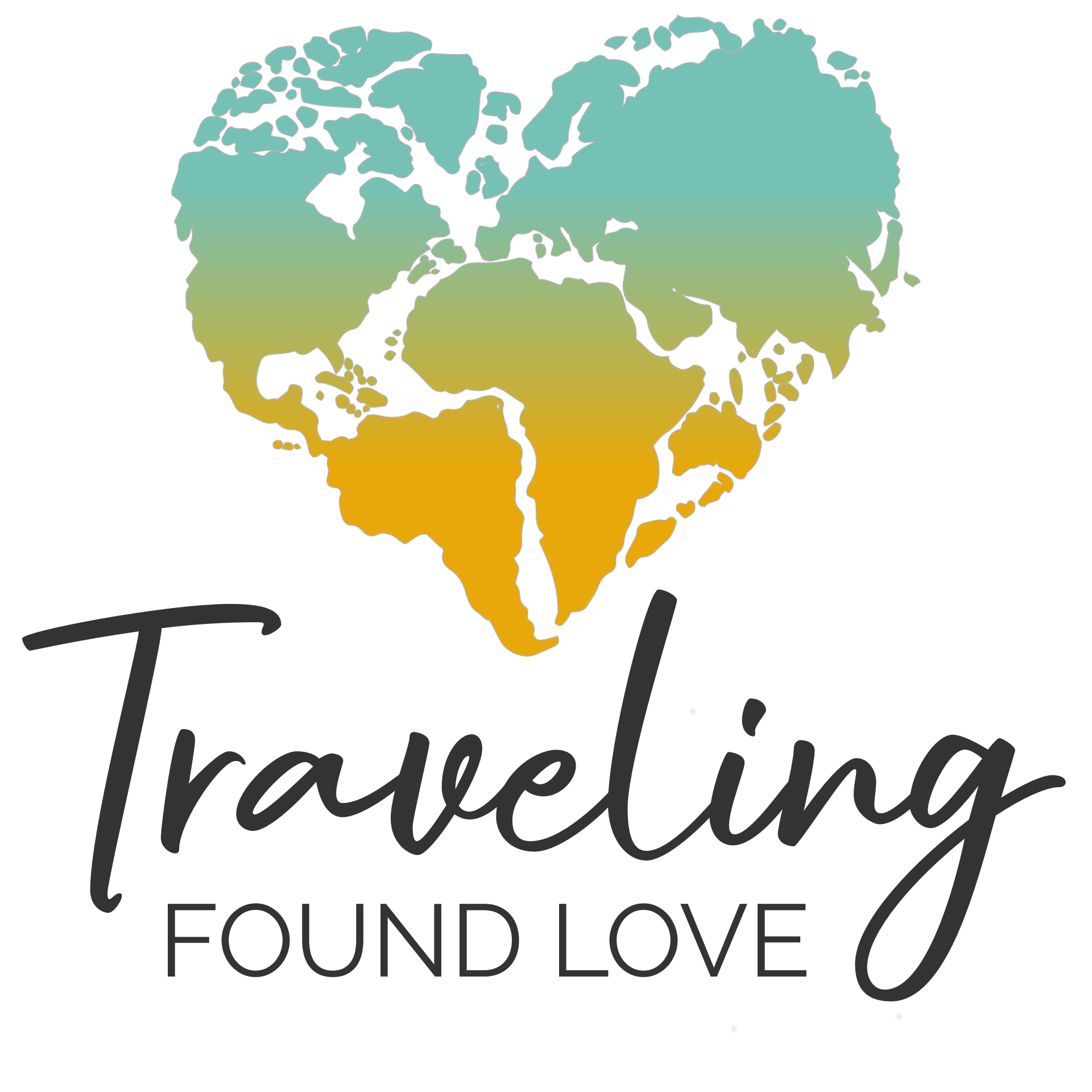
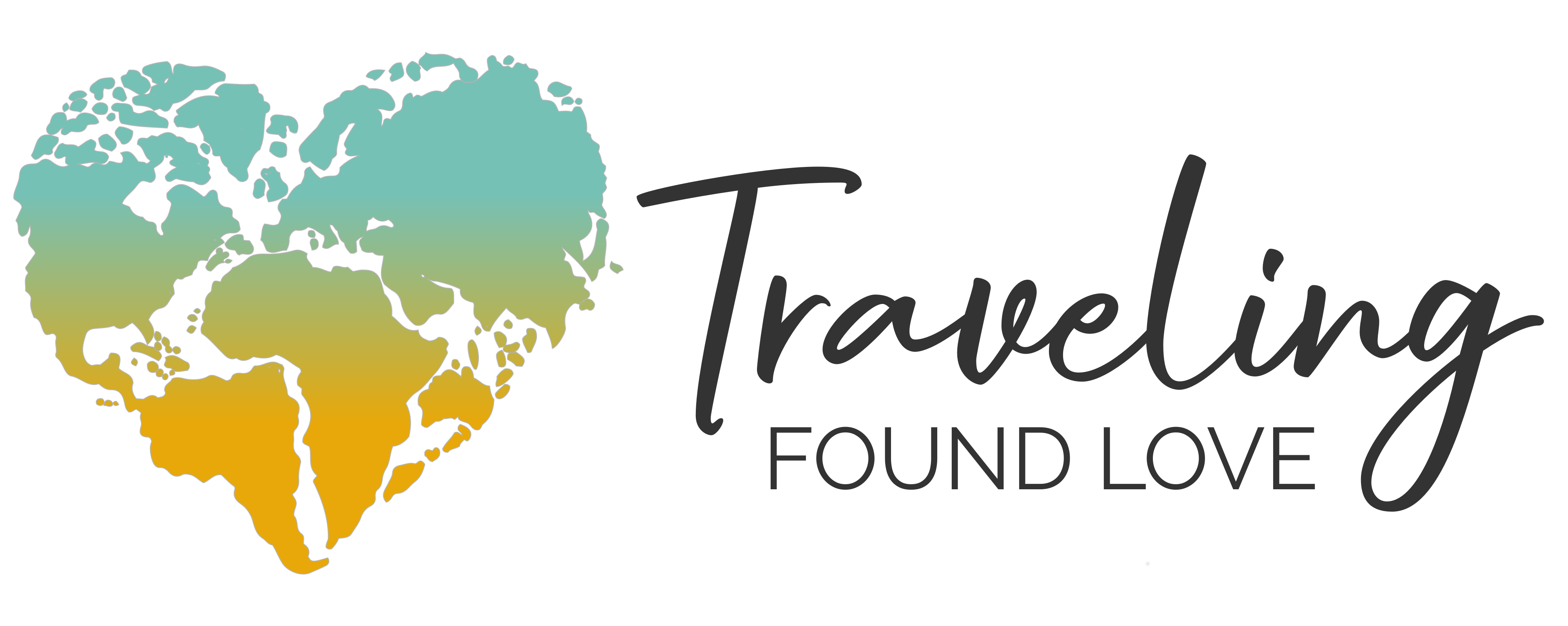
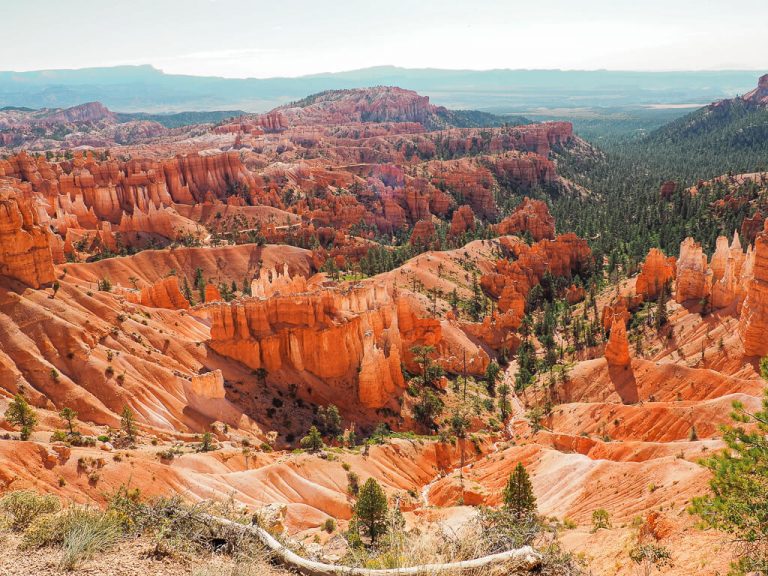
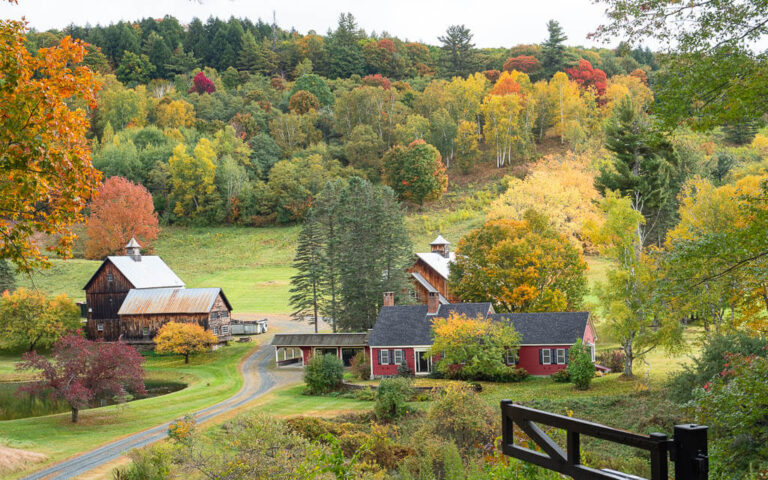
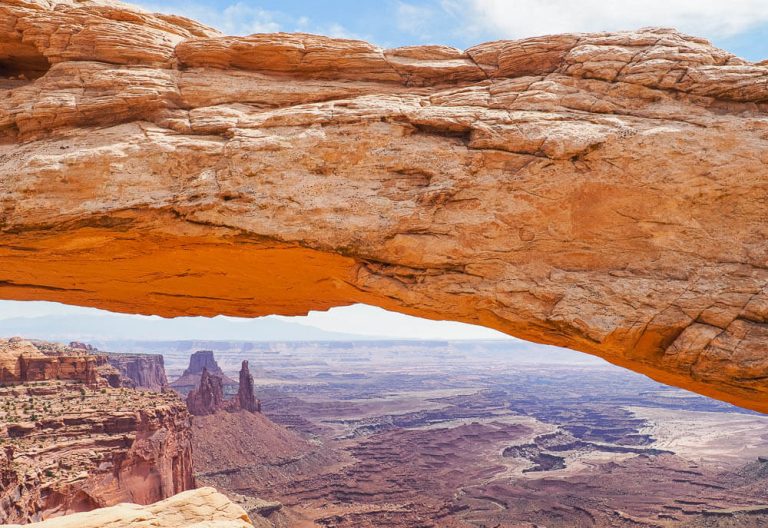
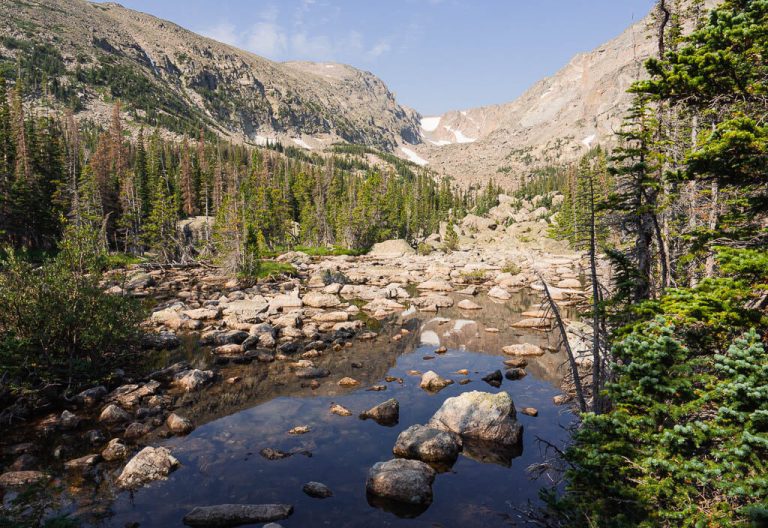
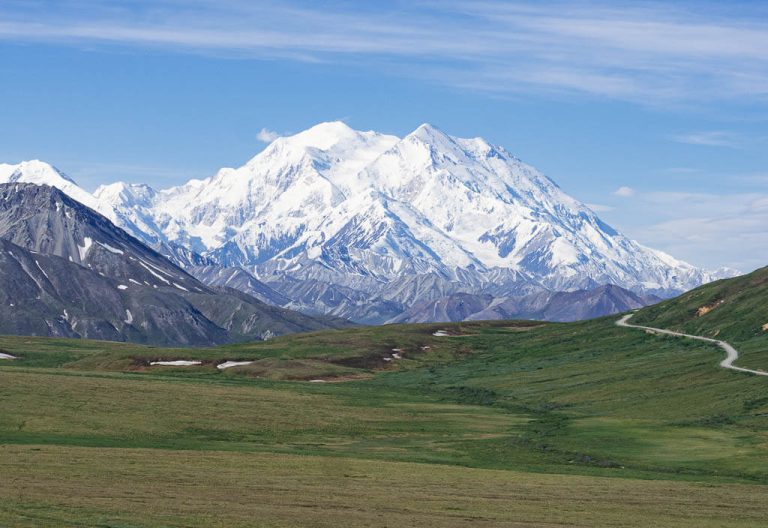
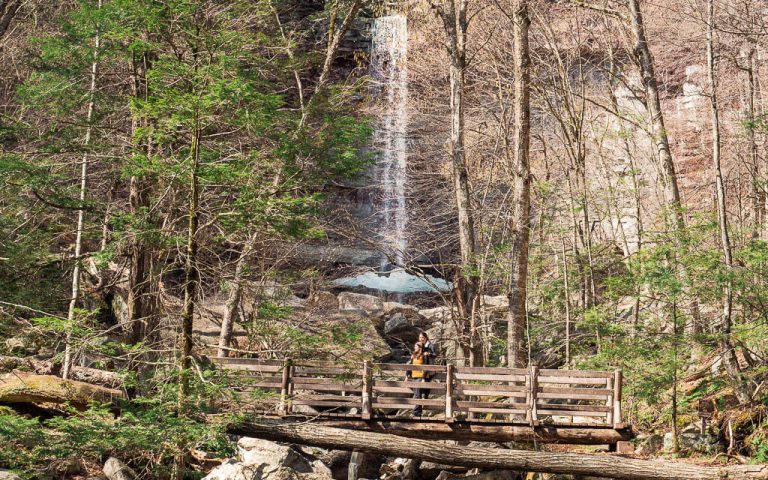
ahh, this makes me want to visit Zion asap. Love all the detail – thanks for sharing this!
You are welcome! We can’t wait to go back to Zion and explore more. Hopefully, you will get to go soon.